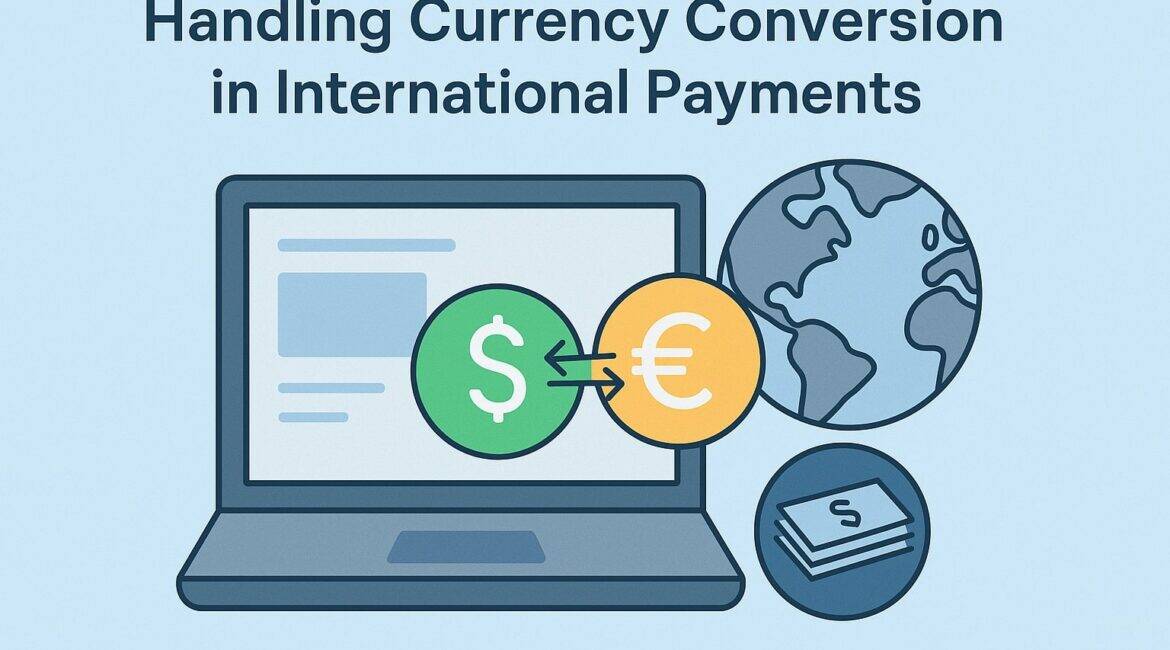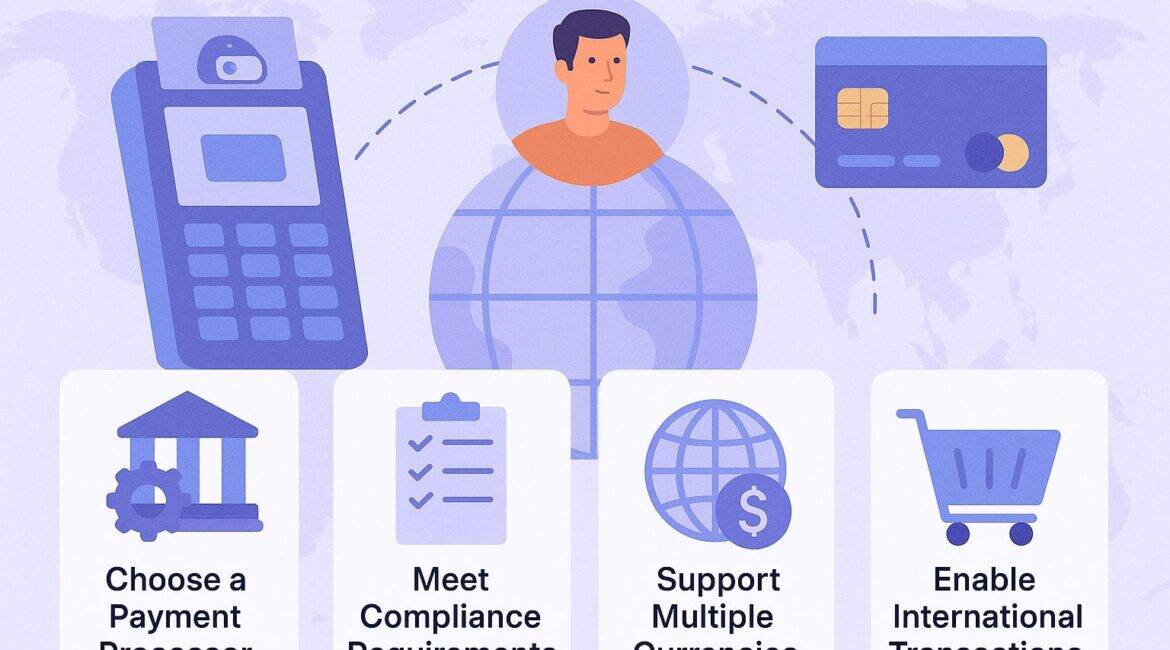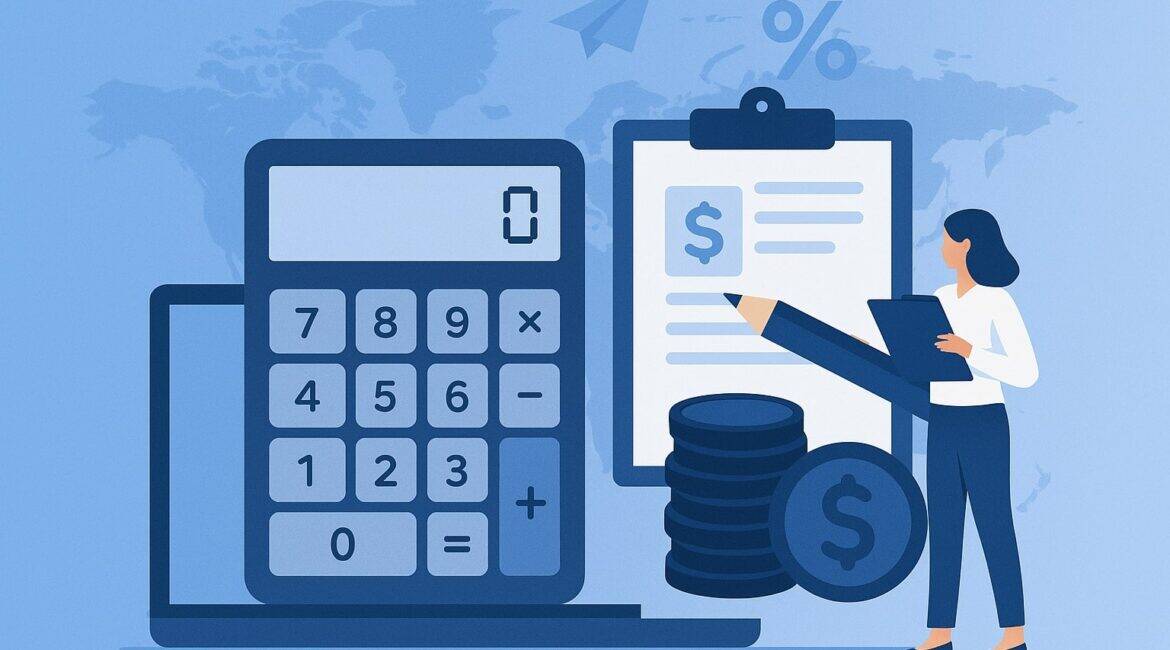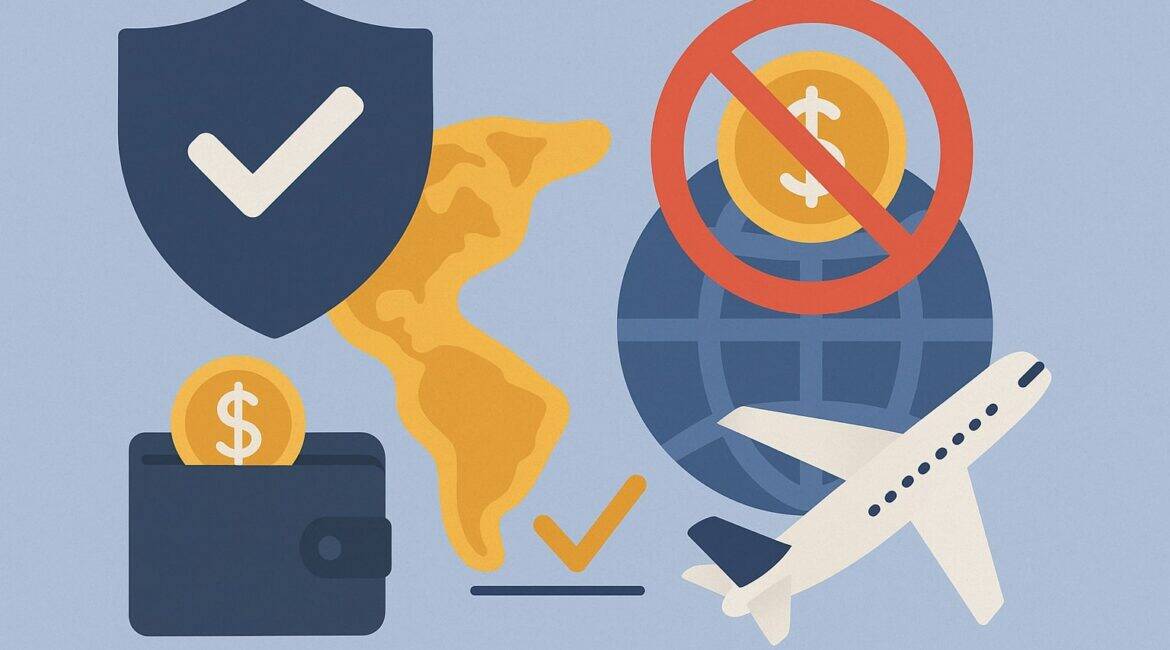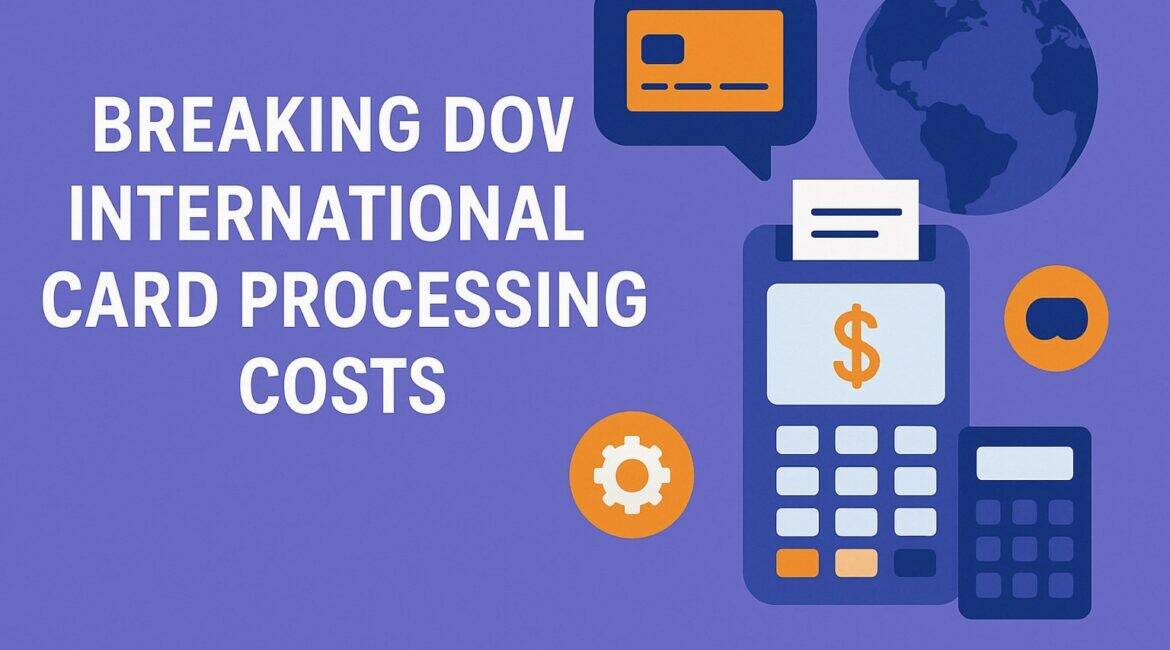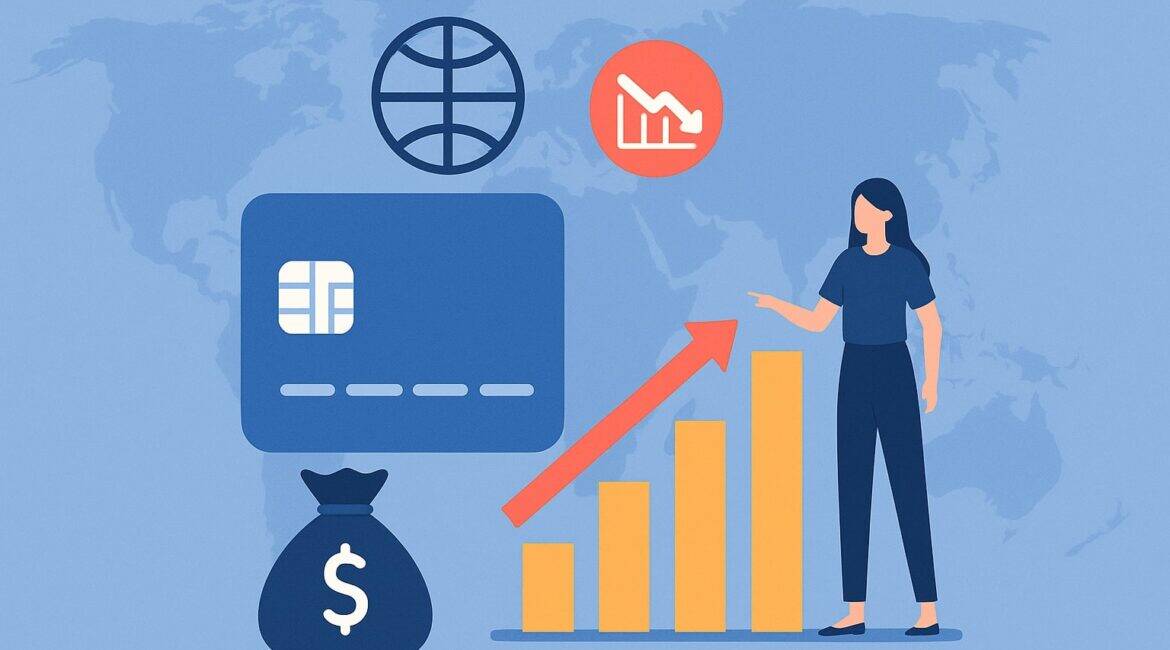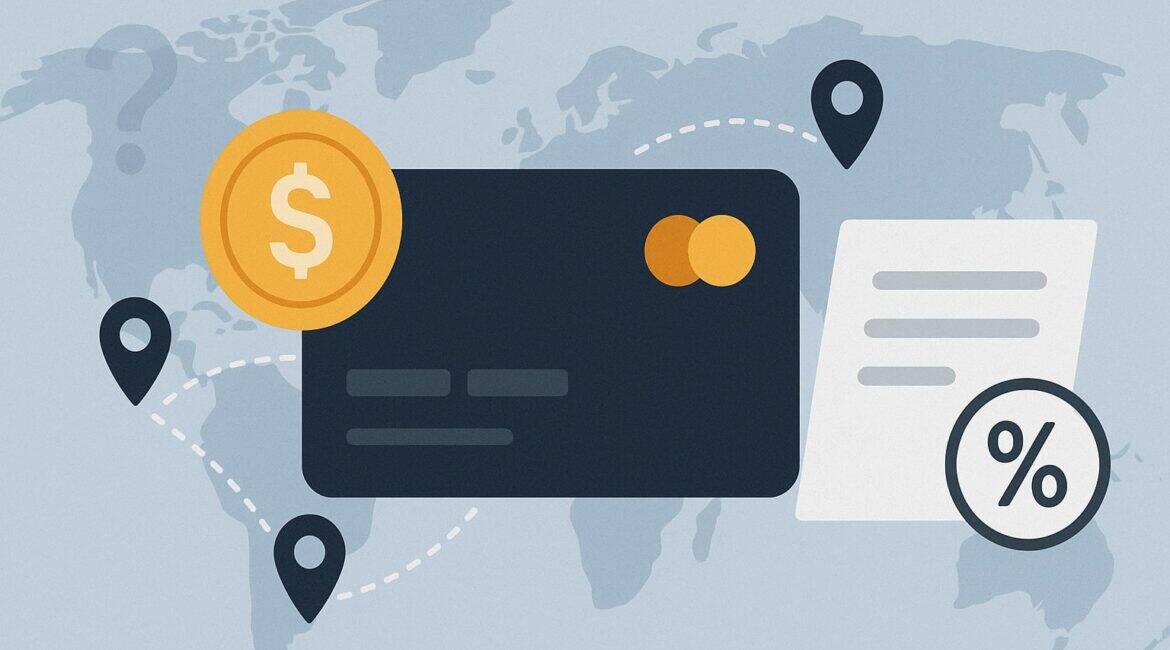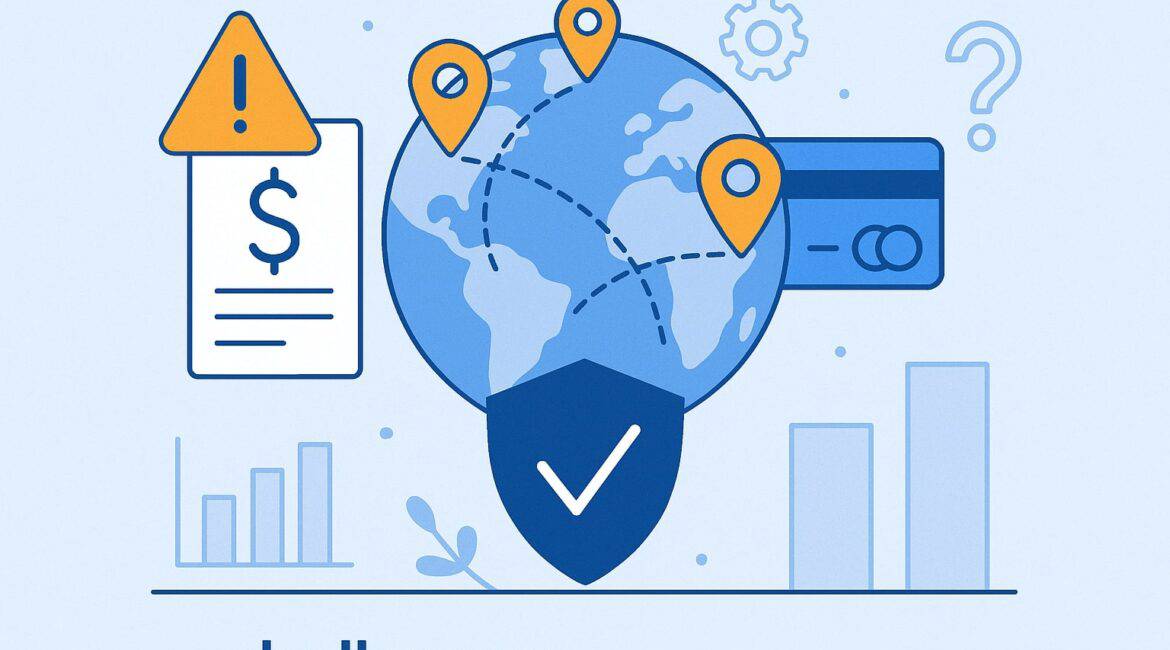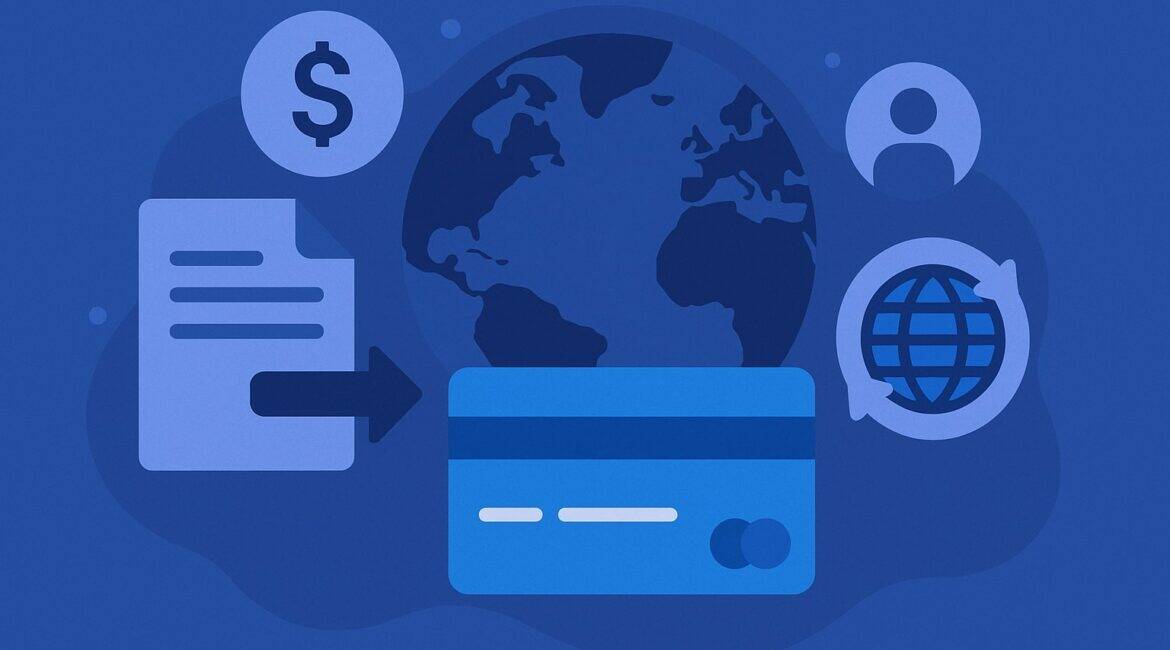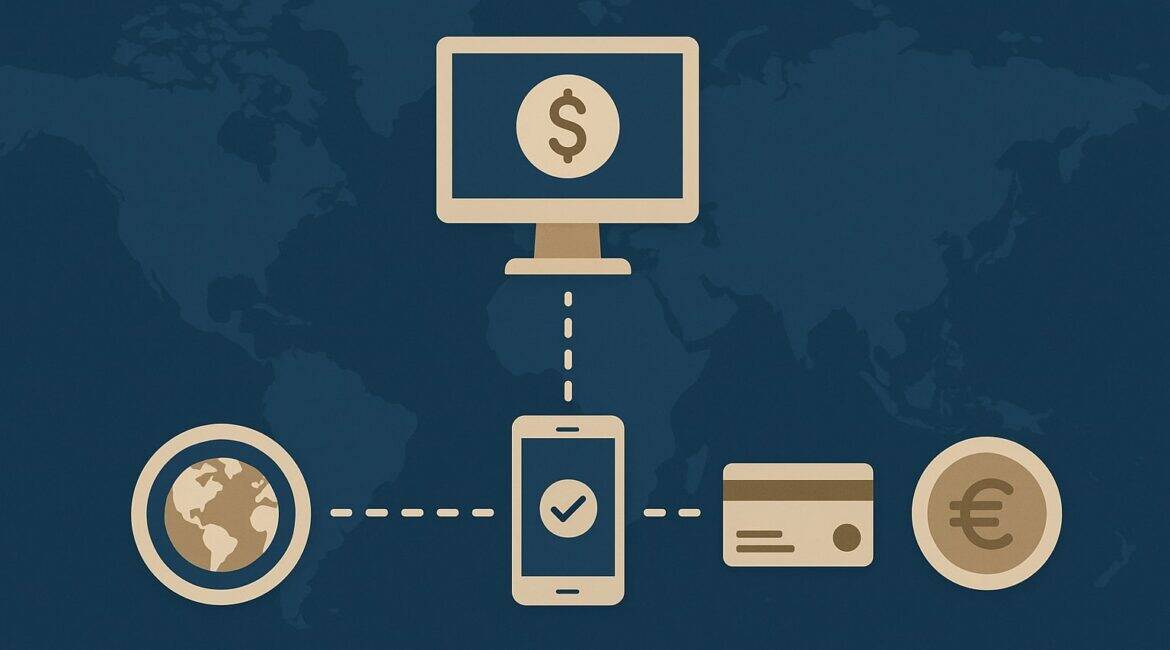When businesses or individuals make payments across borders, currency conversion becomes a core element. Currency conversion in international payments refers to exchanging one currency for another so that a payer in one country can send value in the recipient’s currency (or agreed currency). Even though the concept is straightforward, the...
How to Set Up International Card Processing for Your Business
Accepting international card payments allows your business to reach customers around the world, but setting it up requires careful planning. International card processing enables customers from different countries to pay you with credit or debit cards in their local currency, expanding your market reach and boosting revenue. However, cross-border payments...
How to Calculate True Cross-Border Payment Costs
Cross-border payment costs can be surprisingly high and opaque. Every time a business or individual sends money internationally, hidden fees and currency markups can erode the value of the transfer. In fact, one study found that in 2023 U.S. consumers and small businesses paid $17.9 billion in international transaction fees,...
Top Ways to Avoid Cross-Border Transaction Fees
Cross-border transaction fees – often called foreign transaction fees – are the extra charges levied by banks, credit card companies, and payment networks whenever you pay or send money across international borders. In practice, almost every international purchase or money transfer involves multiple fees (interchange fees, service fees, currency conversion...
Breaking Down International Card Processing Costs
Accepting international credit and debit card payments exposes U.S. businesses to additional fees beyond domestic transactions. Breaking down international card processing costs means understanding interchange fees, network assessments, and processor markups that apply when cards are issued or settled overseas. These costs typically include cross-border or foreign transaction surcharges by...
How International Transaction Fees Impact Your Profit Margins
International transaction fees, sometimes called foreign or cross-border fees, are extra charges banks, card networks, or payment providers impose when a payment crosses borders or requires currency conversion. These fees usually include a percentage of the transaction (commonly 1%–3%) and sometimes a fixed per-transaction charge. For example, many U.S. banks...
What Are Cross-Border Merchant Fees and Why Do They Matter?
In today’s global economy, businesses of all sizes are increasingly selling across borders. Whenever a customer from one country buys from a merchant in another country, cross-border merchant fees typically come into play. These fees are flat-rate percentages added on top of normal processing costs for international transactions. Payment networks...
Top Challenges in Cross-Border Payments and How to Solve Them
Cross-border payments – financial transactions where the sender and recipient are in different countries – form the backbone of global trade, investment and remittances. They handle enormous value: one estimate puts the total cross-border payment flows at over $150 trillion in 2017, rising to roughly $250 trillion by 2027. Yet despite their...
How to Accept International Payments from Customers Worldwide
This guide explains how to accept international payments from customers worldwide using up-to-date, low-cost solutions. You’ll learn about cross-border payment methods, popular global payment platforms, strategies to minimize fees, and crucial compliance/tax considerations. We also highlight ease-of-integration options so your checkout is smooth for international buyers. Accepting payments globally generally...
Best Cross-Border Payment Methods for Businesses in 2025
International cross-border payment methods are critical for US businesses of all sizes, as companies look to expand globally. With global B2B cross-border flows exceeding $31 trillion in 2024 and projected to reach $50 trillion by 2032, choosing the right payment solutions can significantly impact costs, speed, and efficiency. The best cross-border payment...
